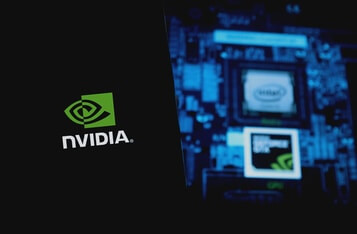AI Platform Enhances Personalized Lung Cancer Diagnostics and Treatments
A recent study has introduced a cutting-edge AI-powered pathology platform designed to aid doctors in diagnosing and evaluating lung cancer with unprecedented speed and accuracy. Developed by researchers at the University of Cologne’s Faculty of Medicine and University Hospital Cologne, the new tool offers fully automated, in-depth analysis of both benign and malignant tissues, paving the way for faster and more personalized treatments.
Revolutionizing Lung Cancer Diagnostics
Lung cancer, notorious for its high mortality rates, often benefits from precise diagnostics and personalized treatments. Traditionally, oncologists have relied on manual examination of tissue samples under microscopes to identify cancerous cells. This process, however, is time-consuming, subjective, and prone to variability, sometimes leading to misdiagnosis.
To address these challenges, the researchers developed a deep-learning-based multi-class tissue segmentation platform that automatically analyzes digitized lung tissue samples. This platform not only screens for cancer but also provides detailed cellular information about the examined region.
Advanced AI Training and Validation
The AI model was trained and validated on a substantial dataset comprising 4,097 annotated slides from 1,527 patients across six institutions. According to study senior author Yuri Tolkach, “The algorithm can differentiate between 11 tissue types, ranging from tumor tissue and tumor-associated classes to cartilage and lymphatic tissue. It showed very high pixel-wise accuracy for segmentation of different classes with an average Dice Score of 0.893.”
The researchers utilized the University of Cologne’s high-performance computing cluster, equipped with 12 NVIDIA V100 GPUs, four NVIDIA A100 GPUs on the pathology institute’s AI server, and PC stations outfitted with NVIDIA GeForce RTX 3090 and RTX 4090 GPUs. This setup allows for rapid analysis of entire slide images, taking between 1 to 5 minutes per image, which can range from 200 to 2000 MB in size.
Implications for Cancer Treatment
Beyond diagnostics, the AI tool can reveal intricate details about tumor and immune cells within the cellular environment, providing insights into how the cancer interacts within the body. Identifying subtle patterns and relationships within tissue samples that are not visible to the naked eye could lead to more precise and effective treatments, as well as better understanding of a patient’s response to specific cancer therapies.
“The formation of our research group and our first large cancer study published in Nature Machine Intelligence was made possible through an NVIDIA Quadro P6000 GPU grant from the NVIDIA Academic Grant Program,” Tolkach added.
The code used in this study is available on GitHub. The full study, titled Next-generation lung cancer pathology: Development and validation of diagnostic and prognostic algorithms, can be accessed here.






